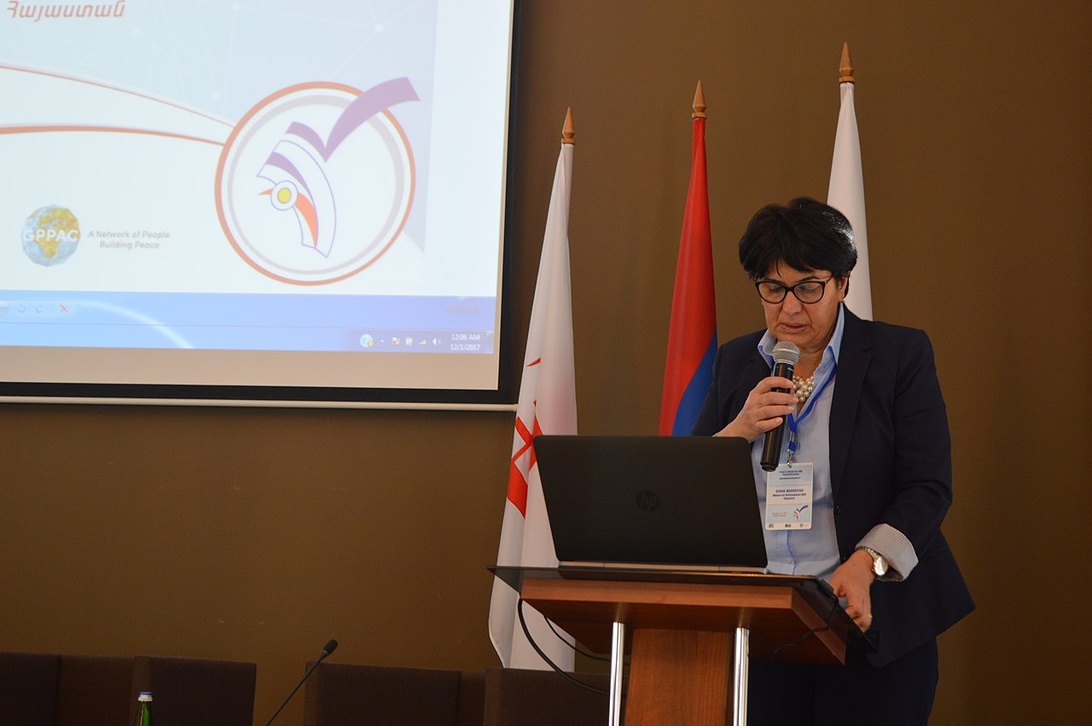How Digital Management Systems Are Transforming NGO Operations in 2025
Not long ago, the world of non-governmental organisation (NGO) reporting was defined by dusty binders, handwritten logbooks, and a constant struggle to synchronise information between field teams and head offices thousands of miles apart. The passion and commitment were always there, but the tools often held back progress. Looking at the landscape today, and especially towards the horizon of 2025, the difference is monumental. Digital management systems are no longer a luxury for large, well-funded organisations; they are a fundamental necessity for survival, relevance, and most importantly, for maximising impact. This transformation is not about replacing people with technology, but about augmenting our humanity and unlocking our potential to create real, lasting change.
The driving forces behind digital adoption
The shift towards digitalisation is propelled by forces that no non-profit can afford to ignore. Today’s donors, whether they are individuals giving a small sum via an app or major institutional funders, expect a level of transparency and immediacy that was unthinkable a decade ago. With online giving having surged by 21 percent in a single recent year, the trend is clear. While annual reports were once the primary channel for accountability, modern contributors want to see the effect of their donations almost in real time. They demand access to data, photos from the field, and a clear understanding of how their funds are converted into results. Organisations like Charity: Water have set a new standard by allowing donors to track projects with GPS coordinates, creating a level of trust that generic email updates can no longer match. Understanding the immense impact of digital transformation on nonprofits has therefore become a critical topic for any forward-thinking organisation.
Simultaneously, the global shift to remote and hybrid working, greatly accelerated during the pandemic, has redefined how our teams collaborate. For an international NGO with staff and volunteers spread across multiple time zones, cloud-based platforms are no longer ‘nice to have’; they are the operational backbone. Project management tools like Trello and Asana, alongside communication platforms such as Slack and Microsoft Teams, are essential for ensuring seamless communication, secure data handling, and sustained productivity regardless of geographical location. Organisations unable to offer this flexibility not only struggle with internal efficiency but also with attracting and retaining talent who now expect modern working practices. In essence, digital maturity has become a proxy for an organisation’s adaptability and future-readiness.

Digital tools empower global teams to collaborate effectively, breaking down geographical barriers and enhancing productivity.
The three pillars of transformation: People, process, and platforms
A successful digital transformation rarely rests on the latest technology alone. My experience shows time and again that it must be built upon a solid foundation of three interconnected pillars. Ignoring the human and procedural elements in favour of a shiny new platform is a recipe for failure.
People
According to a 2023 report, only half of the NGO sector staff in the APAC region felt confident in their ability to use technology in their roles. This highlights the critical human factor. Transformation must begin with leadership commitment and a willingness to invest in staff training. It is about demystifying technology and clearly communicating how new systems will facilitate their work and amplify their impact, not create more of it. Expensive systems have been known to gather digital dust because no one took the time to engage the team, explain the ‘why’, and offer the support needed to overcome the natural resistance to change. To ensure all pillars are addressed, many organisations have benefited from adopting a strategic 10-step plan for their digital transformation, which provides a clear and actionable framework.
Process
Once the people are on board, the next step is to scrutinise and optimise processes. Technology should serve the process, not the other way around. This means mapping existing workflows, identifying bottlenecks, and seeing where automation can free up valuable human time. For instance, environmental organisations like Zero Waste Malaysia and Reef Check Malaysia successfully migrated their operations to the cloud, drastically reducing administrative time and enabling seamless collaboration among thousands of volunteers. Another powerful example is The Deli in Australia, which, by streamlining its internal cloud-based processes, managed to reduce the waiting time for trauma survivors by an incredible 87%. This principle also applies to training; the use of virtual events and on-demand Learning Management Systems (LMS) for volunteers now allows for flexible, effective onboarding that maximises knowledge retention and accommodates diverse schedules.

A successful digital transformation balances investment in people and processes with the selection of the right technology platforms.
Platforms
Only when people and processes are aligned can we effectively choose the right platforms. By 2025, working in digital silos is no longer sustainable. A modern NGO requires an integrated suite of tools that function as a cohesive whole, driving efficiency and insight across the entire organisation.
Integrated Management and CRM Systems
The core of a modern NGO is an integrated management system that acts as a central nervous system. Constituent Relationship Management (CRM) systems, adapted from the commercial sector, allow us to manage all stakeholder relationships in one place. By centralising data, we can gain a 360-degree view of our operations and make data-driven decisions. For example, by implementing a new data infrastructure, the organisation TupuToa was able to accurately measure and understand the number of lives they had impacted, strengthening their mission. Platforms designed specifically for the sector, such as the comprehensive NGO Online management software that helps centralise programme and grant information, are becoming indispensable for improving transparency and accountability for global teams.
Digital Fundraising and Advocacy
Beyond internal operations, digital systems are transforming how we interact with the outside world. The fundraising landscape has been revolutionised by online donation platforms and crowdfunding sites like GoFundMe that allow us to reach a global audience. Advocacy tools like Change.org give us the power to mobilise thousands of supporters with previously impossible speed. For any non-profit, learning how to embrace change rather than get left behind is the key to leveraging these powerful platforms for maximum impact.
The Rise of Artificial Intelligence and Emerging Technologies
What is particularly exciting for 2025 is the rise of Artificial Intelligence (AI). Generative AI can help draft grant proposals, and chatbots can handle common donor queries around the clock. Predictive AI can analyse donor data to identify supporters at risk of lapsing or segment audiences for personalised communication. These tools, when used ethically, can give even small organisations a capacity that was once reserved for the very largest. Looking even further ahead, emerging technologies like blockchain hold promise for radical transparency, potentially allowing donors to trace their contributions through the entire supply chain to the final beneficiary.

Modern digital dashboards allow NGOs to track key performance indicators in real time, enabling faster, data-informed decision-making.
Navigating the path to sustainable impact
The road to digital maturity is rarely straightforward. The biggest obstacles are often not technical, but financial and cultural. Limited budgets force difficult priorities, and it can be tempting to postpone technology investments in favour of immediate programme costs. This is a short-term strategy that can ultimately undermine an organisation’s long-term effectiveness. A successful approach requires a clear roadmap that begins with an honest assessment: Where are we today? Where do we want to be? What are the most critical gaps? For many, embarking on a structured nonprofit digital transformation journey that begins with a thorough needs assessment and a phased implementation plan is an excellent way to build momentum and demonstrate value.
Data security and privacy are other critical challenges. As we collect more data on our donors and, most importantly, on the vulnerable groups we serve, our responsibility to protect that information grows exponentially. A data breach can not only lead to legal consequences but also irrevocably damage the trust that is the foundation of our work. Investing in robust security protocols, encrypted databases, access controls, and regular staff training is non-negotiable. Finally, sustainability is the last piece of the puzzle. Digital transformation is not a project with an end date; it is an ongoing process of adaptation and learning. Technology evolves constantly, and organisations must foster a culture of continuous improvement to avoid falling behind again.
The digital heart of human-centred work
It may seem paradoxical, but I am convinced that the greatest benefit of this digital revolution is not efficiency for its own sake, but the opportunity it gives us to be more human in our work. When we automate the monotonous, administrative tasks that steal our time and energy, we free ourselves to do what no algorithm can replace: to listen deeply to the communities we work with, to build genuine relationships based on trust, to navigate complex cultural contexts, and to engage in the creative, strategic thinking that leads to real breakthroughs. In 2025, the most successful non-profits will not be those with the flashiest technology, but those that have learned to use technology as a tool to amplify their empathy, deepen their relationships, and ultimately, fulfil their mission with a bigger heart and a sharper mind.






